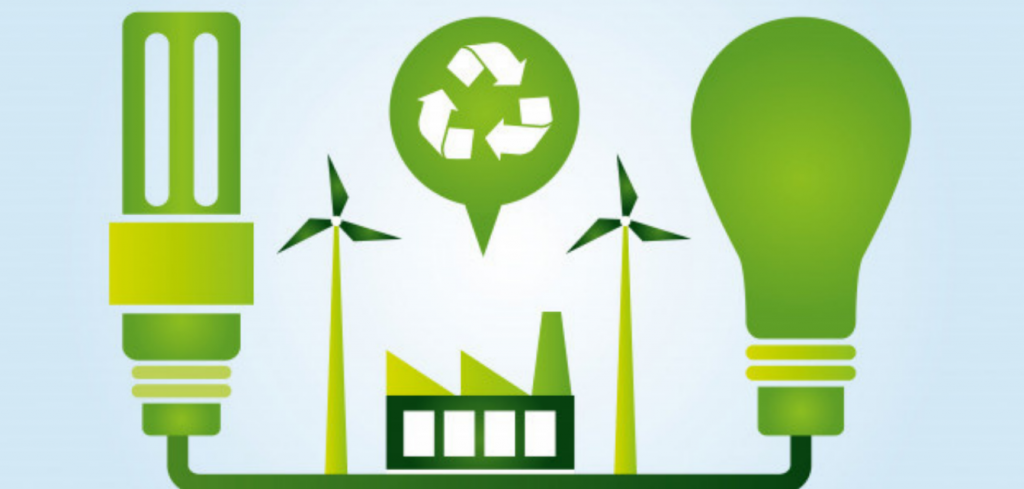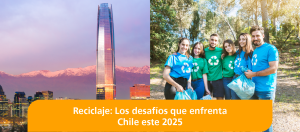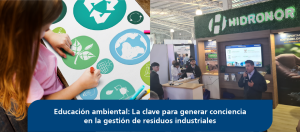Released January 6, 2021.
Chile is making steady progress towards fortified circular economy, and to meet the objective was established the "Circular Economy Roadmap", a document that guides the way forward for the next 20 years and that recently proposed 32 concrete initiatives distributed in four lines of action: circular regulation, circular innovation, culture circular and circular territories, with implementation scenarios of short, medium and long term, seeking that, by 2040, "the circular economy regenerative energy drive Chile towards a more sustainable, fair and participatory program that puts people's well-being at the center ”, and that progress towards “a society that uses, consumes and produces in a sustainable and consciously, promoting the creation of opportunities for people and organizations throughout the country ”.
This Roadmap for Circular Economy in Chile sets four goals to be achieved by 2040, with an intermediate goal for 2030 that will be completed at the beginning of the next year (2021) with a monitoring plan to follow up on its compliance. These are:
- Related with “circular opportunities”: That by 2030 the circular economy will have generated 100,000 new jobs in activities such as waste management, logistics, remanufacturing and repair, and that by the year 2040 these have reached 180 thousand.
- Related with the "circular citizenship": That by the year 2030 the generation of waste municipal solid per capita has been reduced by 10%, and that by the year 2040 this figure reaches 25%. Additionally, it will be sought that by 2030 the rate recycling of municipal solid waste has reached 30%, and that ten years later this rate reaches 65%.
- Related with the "circular production": That by the year 2030 the generation of waste per unit of GDP has been reduced by 15%, and that by 2040 this reduction reach 30%. Also, that by 2030 the general recycling rate reach 40%, and 75% ten years later.
- Related with "quality of life": That by the year 2030 50% of the micro-garbage dumps in the country, and that by 2040 this figure reaches 90%.
In addition, this project aims to implement changes in consumption and production patterns, improve regulations to accelerate the transition, and innovate to boost the circular economy.
Check more details of this information in: https://cutt.ly/khH3HlK







